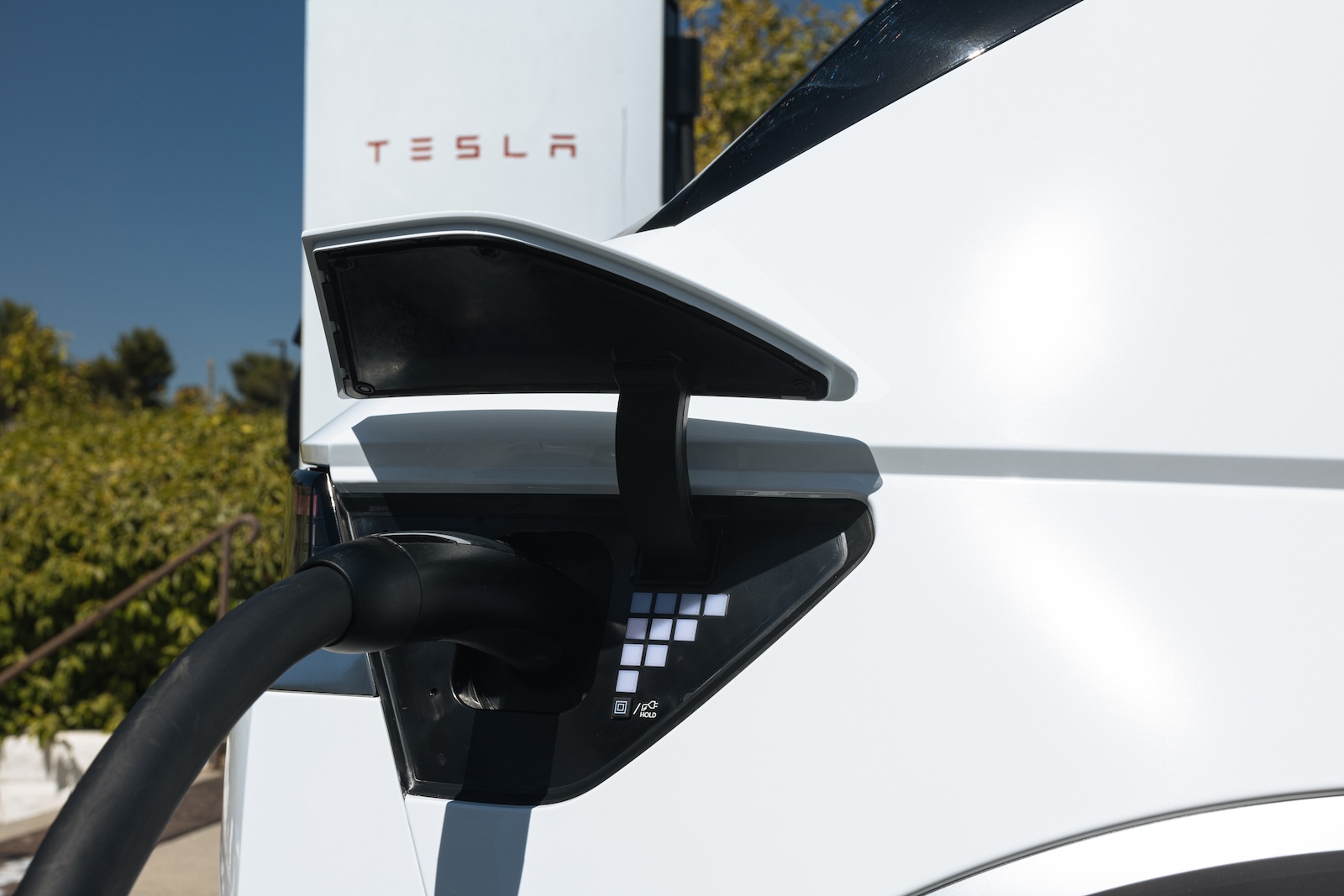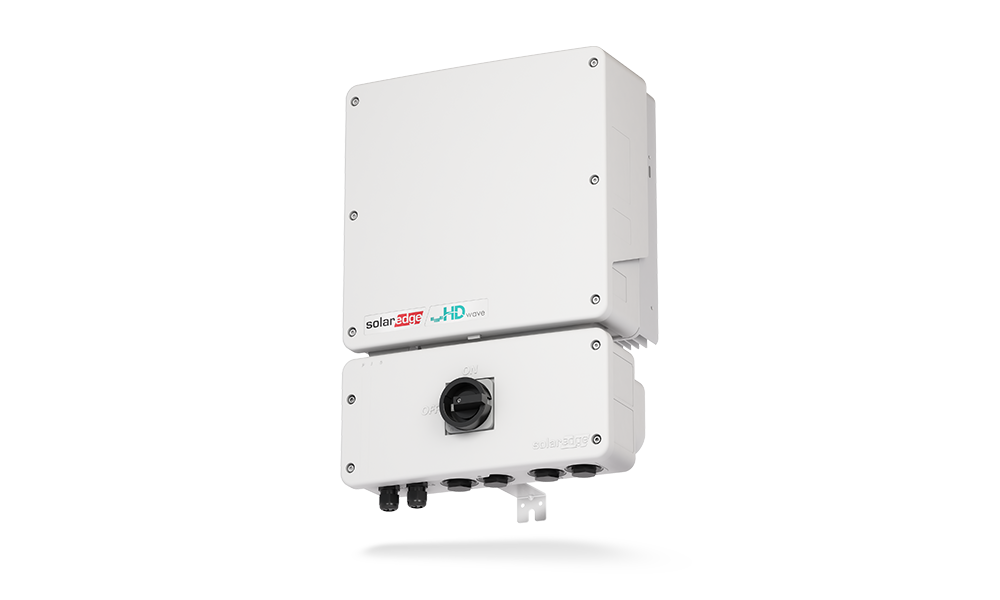Bernhard Kluttig, director-general for industrial policy at Germany’s Ministry for Economic Affairs and Climate Action, is coming to IMARC 2024 and will speak on the development of closer economic ties with Australia and rising demand in Europe for the country’s critical minerals and energy.
Mining Beacon editorial director Richard Roberts caught up with Kluttig ahead of his arrival in Australia for IMARC (International Mining and Resources Conference) 2024.
How many times have you been to Australia/IMARC?
This is my first visit to Australia. Australia is a beautiful country with unique nature and culture. I don’t have time to see more of the continent this time, but I will definitely come back for some sightseeing.
IMARC is an excellent opportunity for me to learn about the latest developments in the mining and resources industry and to make valuable contacts. I am looking forward to the conference, to meeting the Australian Government and companies, and to the German afternoon organised by our Competence Centre for Mining and Resources (CCMR) at the German-Australian Chamber of Industry and Commerce in Sydney.
What are your primary aims while here for IMARC/at the show?
My goal is to facilitate dialogue and cooperation that will lead to mutual growth and success in both countries. At IMARC, I will engage in meaningful discussions with different stakeholders: government officials, industry representatives as well as with NGOs (non-governmental organisations).
I’m interested in identifying potential synergies between Australian and German resource policies. By investigating these links, we can identify opportunities for cooperation that could benefit both countries when it comes to the resources sector.
Moreover, I want to identify areas where we can better support each other and foster stronger partnerships. Understanding the dynamics between the Australian government and business is crucial, as it can provide insights into how policy is shaped and implemented and how we can benefit from and collaborate with each other.
What are your impressions of Australia’s mining industry?
Australia’s mining industry is indeed impressive and plays a central role in the global supply of resources. Australia is known for a large variety of mining projects, ranging from traditional metals such as gold, iron, bauxite to the critical minerals such as lithium, nickel and graphite.
This demonstrates the sector’s diversity and ability to adapt to the changing needs of industry.
Mining is not only an important part of the Australian economy, providing jobs and contributing significantly to the country’s export balance. It also attracts significant investment and supports numerous supply and service companies.
The industry is at the forefront of introducing new technologies and innovative practices to increase efficiency and improve environmental performance. In that case, German companies play an important role as system suppliers in the mining and extractive industries.
There are more than 150 German companies active in the Australian mining industry, ranging from large industry giants like Siemens, Bosch or BASF down to small and medium specialised providers of technology. The German-Australian Chamber of Industry and Commerce regularly receives enquiries from German mining suppliers looking to enter the Australian market.
Some of these newcomers and “old hands” are exhibiting at this year’s IMARC German Pavilion including:
- Bind-X GmbH: a Munich-based biotech company with pioneering solutions for dust control in the mining industry.
- Herrenknecht: Germany’s Mittelstand hero supplies drilling/boring equipment crucial to the Australian mining industry.
- Dräger: well-known in the Australian mining industry, improving health and safety products such as underground refuge chambers.
All these German companies continuously develop new and high-quality and environmental-friendly technologies. Therefore, they can assist in modernising sectors and/or building sustainable ways for production processes.
The German–Australian Critical Minerals Alliance was formed in 2022. How important is this alliance?
Germany and Australia share a close friendship and excellent bilateral economic relations.
Germany is Australia’s largest trading partner among the EU (European Union) member states. Bilateral trade between our two countries has been growing steadily over the last few years.
In 2023, it was around €17 billion ($27.5 billion). Germany currently exports more goods to Australia but in the future, the Australian economy will benefit from the export of raw materials to Germany through growing cooperation in critical raw materials.
Both countries are united by common values and the commitment to multilateralism, and international cooperation. Especially the current geopolitical situation, which shows how important it is to stand up for the same values.
In January 2023, the German Federal Government renewed its policy guidelines for critical raw materials. We want to diversify our economic relations in order to reduce dependencies on individual markets, sources of supply and suppliers.
Australia is a very important partner for us when it comes to diversifying external and trade relations and intensifying cooperation.
German companies are interested in Australia’s raw materials and need help to connect with Australian companies. The German-Australian Critical Minerals Alliance is therefore an important platform that facilitates exchange between German and Australian critical minerals stakeholders. Their engagement has enabled cooperation between companies in both countries.
For example, Siemens Gamesa Renewable Energy A/S signed an offtake agreement with Arafura Rare Earths in 2023. For this project, the German Government issued a conditional approval for up to $US115 million ($171 million) in Untied Loan Guarantees over a 10-year tenor. These are excellent steps for a good future cooperation.
I hope that the subsequent exchange will help to launch new cooperation projects between our companies. And this will also help to accelerate the green and digital transitions.
What would you say have been the most significant milestones to date and how do they affect Germany’s economic/industry goals?
Australia has significant deposits of raw materials that Germany and Europe urgently need for the transformation of its economies and to achieve its climate targets. One of the milestones we therefore concluded together is a joint declaration of intent in 2023 on the potential to create value in the field of critical raw materials.
Together, we commissioned a study to identify ways to strengthen supply chains between our two countries.
The aim of this milestone is to provide even more support to companies in diversifying their supply of raw materials. The results will help companies gain a better understanding of the opportunities and barriers of critical minerals supply chains in both countries, each other’s needs and demands as well as conditions and requirements.
The interim results of the study set an optimistic tune on the future of our companies’ cooperation. Those results already prove a great potential for developing industry projects in the whole raw material chain: from mining over processing up to recycling and circular economy aspects. We expect the final study to be published in the middle of next year.
What does Germany’s critical minerals demand profile look like over the next years?
German demand for critical raw materials will increase in the coming years. The level of demand will depend in particular on how quickly the transformation of our industry and the expansion of renewable energy technologies will be implemented in Germany.
Technologies such as e-mobility (eg: lithium, nickel, cobalt, graphite), wind power plants (primarily rare earth elements), photovoltaics (eg: silicium, silver) and hydrogen technologies (eg: iridium, scandium, titanium) will play important roles.
In addition, the expansion of power grids in connection with the energy transition will increase demand for copper and aluminium.
According to German Resource Agency (DERA) calculations, planned net expansion of wind power plants in Germany from 2021 to 2030 (82 gigawatts in total) will require 5500 tonnes of rare earth elements. It should be noted that Germany currently imports semi-finished products as well as final products and components, which means that raw material demand arises also indirectly.
What will be the key drivers for the demand of critical minerals?
The International Energy Agency (IEA) estimates that the demand for critical resources needed to achieve the goals of the Paris Agreement could increase by a factor of seven between 2020 and 2040 for rare earths and by a factor of 42 for lithium (IEA 2021).
DERA makes similar predictions for the increase in global resource extraction. Depending on the scenario, up to six times more lithium will be needed compared to today’s global production (DERA 2021).
The specific demand will largely depend on technological progress and the development of demand for the products in which the critical raw materials are used. I assume that the expansion of e-mobility, renewable energies such as wind
turbines and solar panels, transformation technologies in industry and use in the defence industry will play a key role here.
How will sourcing evolve over that time horizon?
In the short term, many industries will be highly dependent on primary raw materials, which can often lead to supply uncertainties and price fluctuations.
In the medium and long term, however, an increased focus on recycling and the circular economy can help reduce this dependency. Through innovative recycling technologies and processes, valuable materials can be recovered and reused, which not only protects the environment but also increases resource security.
What are the aims of Germany’s climate protection contracts, or carbon contracts for difference (CCfDs)?
In an effort to decarbonise the industrial sector, the Federal Ministry for Economic Affairs and Climate Action is planning to conclude carbon contracts for difference with large industrial carbon emitters (eg; in the paper, glass, chemical and steel sectors).
Carbon contracts for difference reduce price risks and help companies offset the added cost of decarbonisation, which is currently keeping them from switching to climate-friendly manufacturing methods. CCfDs are thus an upfront financing mechanism that seeks to drive forward the establishment and operation of novel types of industrial plants in Germany.
This is to help establish transformative technologies on the market much more quickly (green lead markets) and in the medium term without the need for government funding – technologies which are urgently needed for combatting the climate crisis and rejuvenating Germany’s industrial base.
The first four-month bidding process ended on July 12 2024. The bids submitted are now being evaluated. The aim is to conclude the first climate protection contracts in fall 2024.
Due to the pilot nature of the first bidding round, the total funding volume was still limited to €4 billion ($6.5 billion), with the maximum funding amount for individual projects being €1 billion ($1.6 billion). The second round was initiated on July 29 2024, with the start of the second preparatory procedure.
Companies had until September 30 2024 to register for the second bidding process. The second bidding process is also
scheduled to start this year.
How have they been received by industry?
We are receiving very positive feedback. More precisely, the preliminary evaluation of the first round shows good interest from the industry.
Around 20 applications were submitted with an application volume well in excess of the €4 billion ($6.5 billion) advertised. These include many innovative projects with novel technologies from various sectors that will make an important contribution on the road to climate neutrality.
Bids were submitted from both large-scale industry and SMEs (small-to-medium enterprises), including many hydrogen projects.
For more information and to register for IMARC 2024, please visit the IMARC website.
Subscribe to Australian Mining and receive the latest news on product announcements, industry developments, commodities and more.




